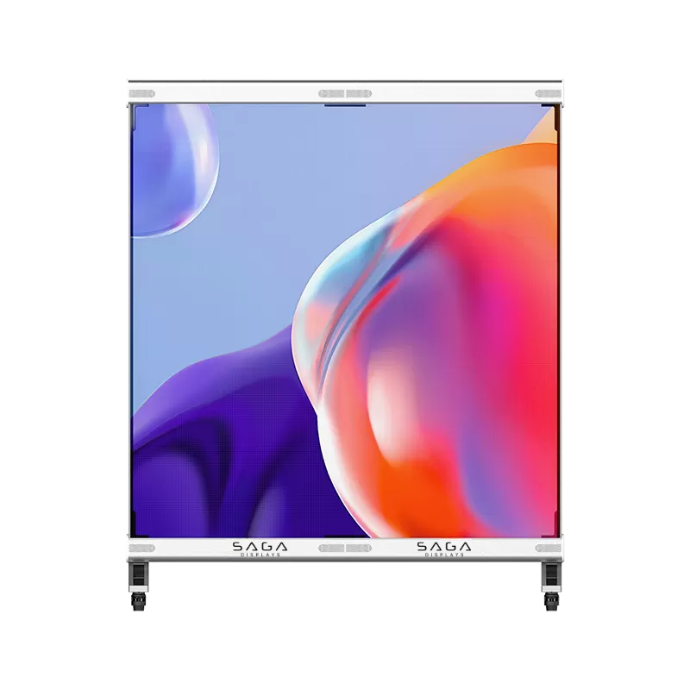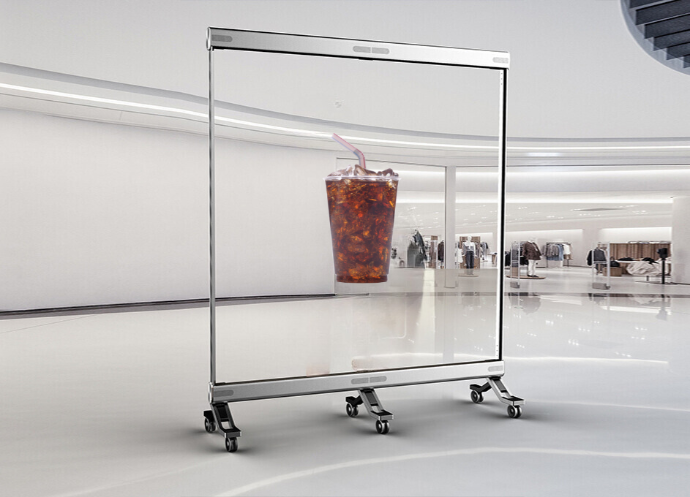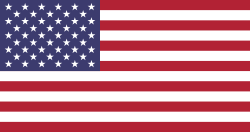Transparent LED displays have revolutionized how we present information and advertising in retail, corporate environments, and creative installations. This technology combines high visibility with an impressive visual effect that does not obstruct or block the view. In this article, we’ll take a closer look at what transparent LED displays are, how they work, and what they can offer across various industries.

What is transparent LED?
Transparent LED displays are screen technology composed of LED pixels mounted on a glass or acrylic-based substrate. The unique feature of this technology is that the pixels are positioned in a way that allows a high level of light transmission, enabling visibility through the screen even when content is displayed. Most transparent LED displays have a transparency rate of between 50-90%, depending on the design and pixel arrangement.
This combination of display and transparency opens up many creative possibilities, especially for industries aiming to attract attention without obstructing the view—whether it’s in storefronts, office walls, or building glass facades.
How does it work?
Transparent LED screens involve tiny LED-diodes positioned on a transparent panel. The pixels are spaced apart to leave gaps that allow light to pass through the screen. This creates an "invisible" effect when the display is off. When on, the pixels light up, producing images or videos that appear to "float" in the air.
The transparency and brightness of the display can be adjusted as needed, making it suitable for use in both bright and dim light. This adaptability is crucial for displays used in environments with variable natural lighting, such as large windows and store facades.


Advantages
Transparent LED displays offer several unique advantages that make them attractive for various applications. Here are some key benefits:
- Aesthetics and Innovative Design
- Transparent displays are visually striking and add a futuristic touch to any space. They allow content to be displayed in a way that feels both interactive and dynamic.
- The screens offer a minimalist, modern design, making them ideal for brands seeking to showcase an innovative and forward-thinking identity.
- Preserves View and Natural Light
- One of the most significant advantages of transparent displays is that they do not block the view or natural light, making them ideal for glass facades, entrances, and retail spaces.
- Unlike traditional LED displays, transparent screens can be integrated into environments where obstructing windows or impacting interior lighting is not desired.
- Energy Efficiency
- Transparent LED screens typically use fewer diodes than regular screens, resulting in lower power consumption. This makes them an energy-efficient option for businesses looking to minimize their carbon footprint.
- Adaptability and Flexibility
- These screens can be customized to various sizes and formats, making them suitable for a wide range of purposes and environments. They can be used on both large facades and smaller, creative indoor installations.
Applications
1. Retail and Storefronts
The retail industry has embraced transparent LED displays to create unique storefront displays while maintaining visibility into the store. Displays can showcase product images, promotions, and interactive information without obstructing the view for potential customers.
2. Corporate and Office Environments
Transparent LED screens are popular in corporate settings, especially on meeting room windows and in lobbies. They can display essential information such as company news, announcements, and welcome messages while keeping a bright, open workspace.
3. Architecture and Facades
Architects increasingly see transparent LED displays as a way to add a “living” facade to buildings. These screens can be integrated into large glass facades to create dynamic buildings that showcase art, advertising, or information.
4. Entertainment and Art Installations
Transparent LED displays are also gaining popularity in art installations and the entertainment industry. They allow for the creation of unique and innovative visual experiences that stand out and engage audiences.

Talk to us for more information!


 Check out our LED screen products
Check out our LED screen products